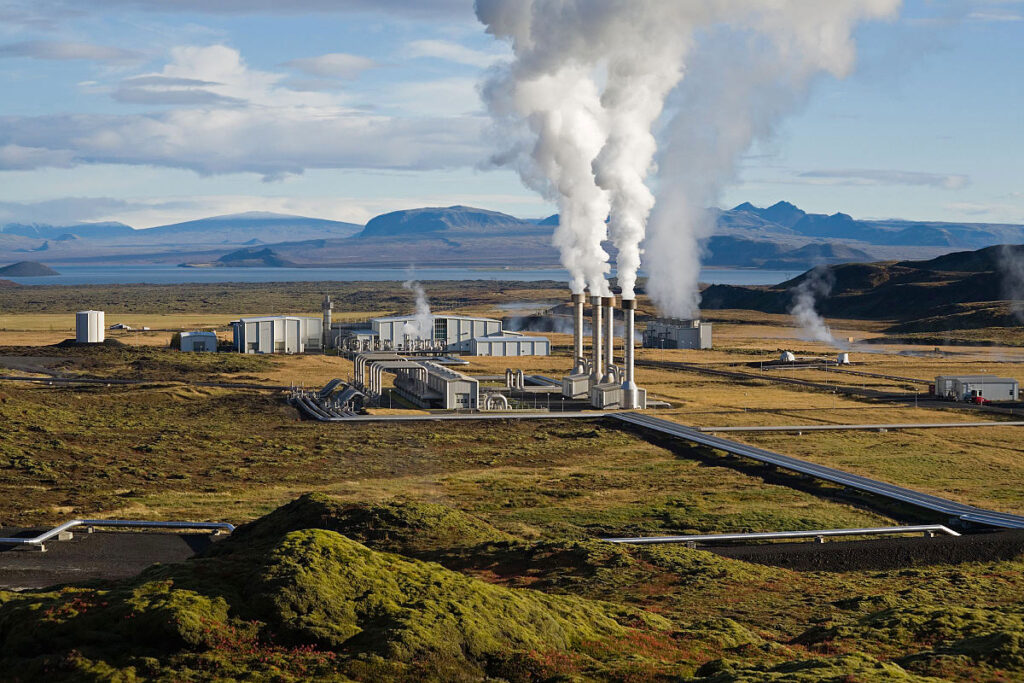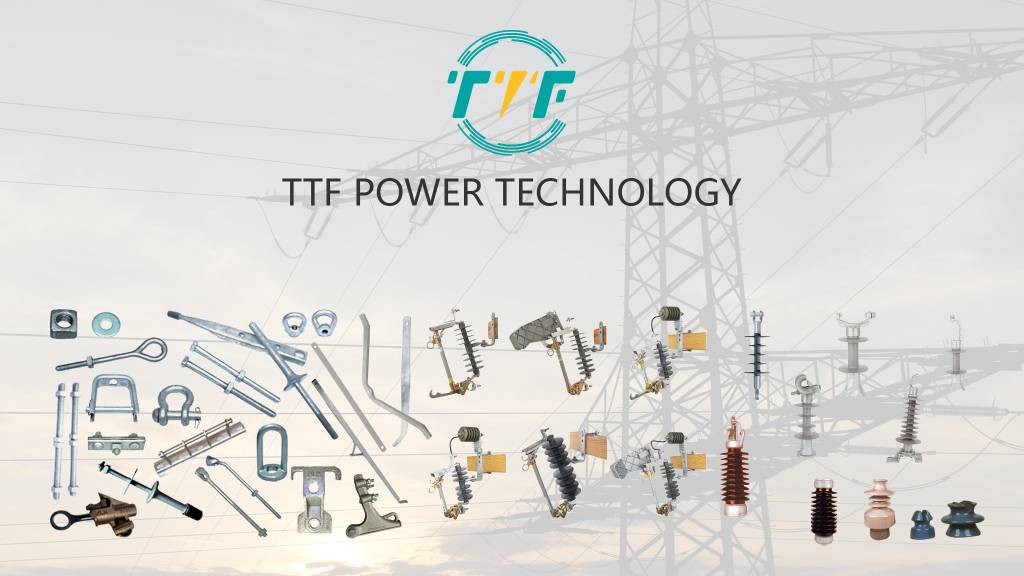
The Peruvian Ministry of Energy and Mines has registered 20 authorization requests for geothermal projects. This is particularly true in the southern regions of Arequipa, Moquegua, and Tacna. There are initiatives projected to be operational by 2026 or 2027 with combined investments. Geothermal power provides a continuous energy supply, unlike solar and wind energy. Geothermal power comes from the earth’s internal heat harnessed through hot springs, geysers, or volcanic areas. This energy is less susceptible to climatic variations to ensure a stable energy supply. Peru’s commitment to renewable energy is evident in its goal to achieve 50% renewable energy generation by 2025. Guy wires ensure the stability and safety of various structures integral to geothermal operations.
Guy wires are tensioned cables used to stabilize tall structures by anchoring them to the ground. The wires ensure the safety and stability of various infrastructures involved in the energy extraction and distribution processes. The development of geothermal projects involves constructing infrastructures that must withstand seismic activities. Guy wires provide the necessary support to the structures and ensure operational safety. The wires are made from high-strength steel to withstand tension and environmental factors. Additionally, proper anchoring and tensioning are crucial in preventing failures and reduced lifespan of the infrastructure. It is also vital to perform regular inspections to detect wear, corrosion, or tension. This article explores the benefits, challenges, and roles of guy wires in increasing geothermal production in Peru.
Benefits of geothermal development in Peru
Geothermal energy production provides a wealth of benefits for Peru’s energy sector. This is especially as the country aims to diversify its energy mix and improve sustainability. It plays an essential role in helping transition to a more sustainable, secure, and resilient energy future. By using this energy source, Peru can reduce emissions, stabilize its grid, and power rural communities. Guy wires stabilize drilling towers to prevent collapse due to high winds, seismic activity, and unstable ground. They help reduce drilling risks, lower downtime, and cut costs. Here are benefits of increased geothermal production in Peru.

- Abundant untapped potential—Peru’s geological advantage gives it an estimated geothermal potential of over 3,000 MW. This energy is enough to supply nearly 50% of its current electricity demand.
- Clean, renewable, and low carbon—geothermal energy produces power without interruption, unlike solar and wind energy. It reduces dependence on fossil fuels. minimal land footprint and zero carbon emissions.
- Energy reliability and grid stability—geothermal energy enhances Peru’s energy resilience by providing consistent energy output, complementing intermittent sources, and reducing blackouts.
- Energy independence and cost stability—geothermal energy can reduce Peru’s reliance on imported fossil fuels. This makes the country more energy-independent.
- Economic growth and job creation—investing in geothermal energy drives local and national economic benefits. It creates jobs in engineering, drilling, construction, and maintenance.
Key barriers to geothermal energy development in Peru and the roles of guy wires
Despite providing significant benefits to Peru’s energy sector, geothermal energy development faces various limitations. These barriers may delay the full-scale development of geothermal energy projects. The development faces challenges such as technical, economic, and regulatory barriers. Guy wires play an essential role in some of the technical and operational challenges. They provide structural stability, improve safety, and ease exploration. Below are the limitations to geothermal energy development in Peru.

- Limited financing and investments—the private sector hesitates due to unclear risk-sharing mechanisms. The lack of sufficient public funding for early-stage research and feasibility studies may also limit the development. Guy wires stabilize structures to reduce the risk of equipment tipping or collapsing.
- Regulatory and policy gaps—Peru lacks a dedicated geothermal regulatory framework, which makes permitting complex and slow. Additionally, it has no targeted incentives or subsidies compared to solar and wind energy projects.
- Environmental concerns—the infrastructure must withstand earthquakes, high winds, and extreme weather. Peru’s geothermal hotspots lie in volcanically and seismically active zones.
- Challenging terrain and accessibility—most geothermal fields are located in remote, mountainous regions with limited infrastructure. Transportation and installation of heavy drilling rigs and monitoring equipment can be difficult. Guy wires anchor masts, towers, and monitoring stations without the need for heavy foundations.
- High upfront costs—exploration drilling is capital-intensive and carries a high geological risk. This may cause uncertainties for investors due to long payback periods. Guy wires secure tall drilling rigs and derricks during exploration.